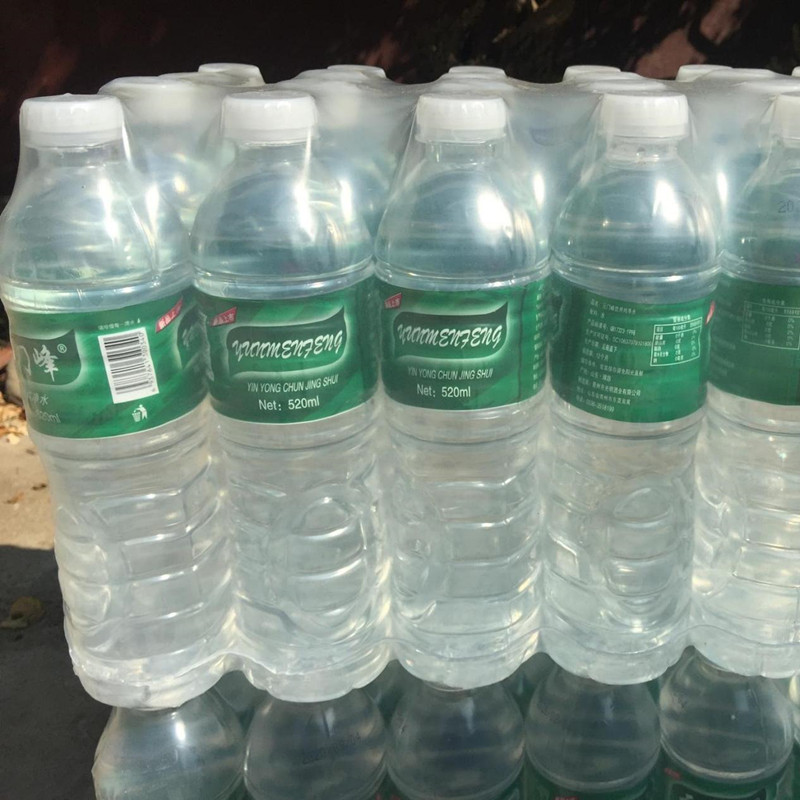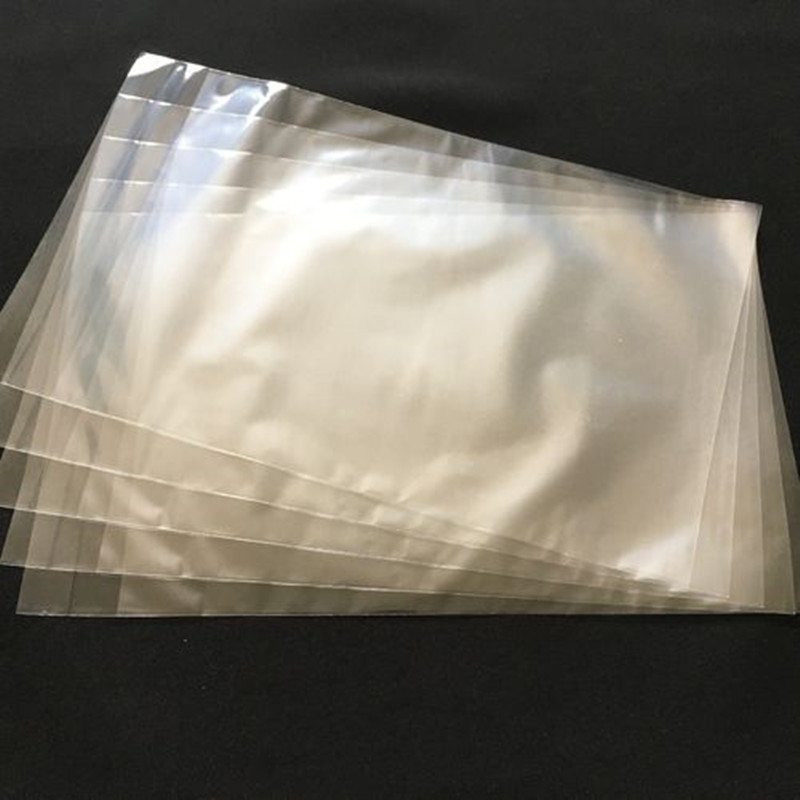PP shrink film or PE shrink film which is better?
2023-12-22
Both of these are food grade and both can be chosen. The difference is that in terms of density, the two materials are completely different. Relatively speaking, the density of PP materials is lower than that of PE materials. In terms of flexibility, PE material is superior to PP material. In terms of temperature resistance, PP material is superior to PE material.
From the mechanical strength point of view, PP is higher. But flexible, impact resistance, PE is better. If the film is made, the transparency of PP is better than PE, but the sealing temperature and heat sealing strength are better than PE. In addition, in terms of temperature resistance,PP is also higher than PE, and generally PP can withstand pasteurization temperature.
PE Polyethylene is waxy, with a waxy smooth feeling, and when not dyed, low-density polyethylene is transparent, while high-density polyethylene is opaque. PP is a semi-crystalline material. It is harder than PE and has a higher melting point. Because homopolymer PP is very brittle at temperatures above 0 ° C, many commercial PP materials are random copolymers with 1 to 4% ethylene or clip-on copolymers with higher ratios of ethylene content.
Polyethylene is a highly polymerized chain formed by the addition and polymerization of ethylene (CH2=CH2), connected by repeated -CH2- units. The properties of polyethylene depend on how it is polymerized; High density polyethylene (HDPE) is the result of Ziegler-Natta polymerization under medium pressure (15-30 atmosphere) organic compound catalysis.
The polyethylene molecule polymerized under this condition is linear, and the molecular chain is very long, and the molecular weight is up to hundreds of thousands of thousands. If it is under high pressure (100-300MPa), high temperature (190-210C), peroxide-catalyzed free radical polymerization, the production is low density polyethylene (LDPE), which is branched structure.
Polyethylene is insoluble in water and absorbs very little water. For some chemical solvents, such as toluene, acetic acid, etc., it is only slightly dissolved at temperatures above 70 ° C. However, the particulate polyethylene can melt or solidify with the change of temperature between 15 ° C and 40 ° C, and melt when the temperature rises, absorbing heat; When the temperature drops, it solidifies and releases heat. And because it absorbs very little water, is not easy to damp, has insulation properties, so it is a good building material.
PP is a semi-crystalline material. It is harder than PE and has a higher melting point. Because homopolymer PP is very brittle at temperatures above 0 ° C, many commercial PP materials are random copolymers with 1 to 4% ethylene or clip-on copolymers with higher ratios of ethylene content. The copolymer type PP material has a lower thermal distortion temperature (100℃), low transparency, low gloss, and low rigidity, but has a stronger impact strength. The strength of PP increased with the increase of ethylene content. The Vicat softening temperature of PP was 150℃. Due to the high crystallinity, the surface stiffness and scratch resistance of this material are good. There is no environmental stress cracking problem in PP. Usually, PP is modified by adding glass fiber, metal additives or thermoplastic rubber. The MFR of PP is in the range of 1-40, and the PP material with low MFR has better impact resistance but lower tensile strength. For materials with the same MFR, the strength of copolymer type is higher than that of homopolymer type. Due to crystallization, the shrinkage rate of PP is quite high, generally 1.8 to 2.5%. And the directional uniformity of the shrinkage rate is much better than that of materials such as PE-HD. The addition of 30% glass additive can reduce the shrinkage rate to 0.7%. Both homopolymer and copolymer PP materials have excellent hygroscopic resistance, acid and alkali corrosion resistance and solubility resistance. However, it is not resistant to aromatic hydrocarbon (such as benzene) solvents, chlorinated hydrocarbon (carbon tetrachloride) solvents, etc. PP also does not have oxidation resistance at high temperatures like PE.
Please contact Xiamen Guan Hua Technology Co., Ltd. if you need shrink film!
 English
English Español
Español Português
Português русский
русский Français
Français 日本語
日本語 Deutsch
Deutsch tiếng Việt
tiếng Việt Italiano
Italiano Nederlands
Nederlands ภาษาไทย
ภาษาไทย Polski
Polski 한국어
한국어 Svenska
Svenska magyar
magyar Malay
Malay বাংলা ভাষার
বাংলা ভাষার Dansk
Dansk Suomi
Suomi हिन्दी
हिन्दी






